Exploring the Historical Sites of Athens
Recently updated on January 17, 2025
Total words: 2477
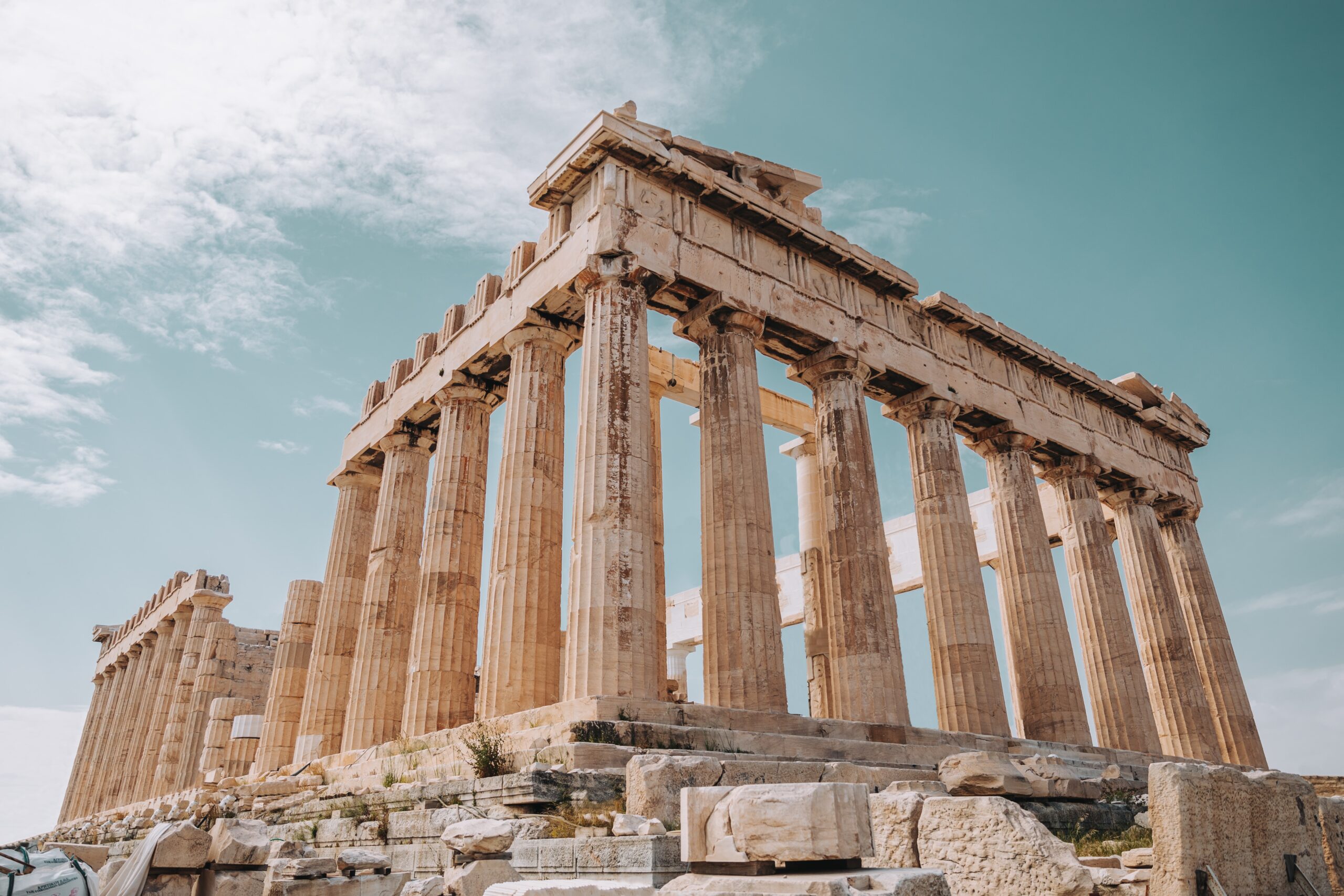
Table Of Content
- Introduction to Historical Sites of Athens
- Exploring the Acropolis
- The Parthenon and Its Significance
- Other Ancient Monuments in Athens
Introduction
Welcome to Athens! This ancient city has so much to offer, from its ancient ruins to its stunning modern architecture. In this article, we’ll be exploring some of the most historical sites of Athens. We’ll take a look at the iconic Acropolis, as well as some lesser-known gems, and discover the stories and secrets behind them. So, let’s get started on our journey through the rich history of this amazing city!
Introduction to Historical Sites of Athens
Athens is one of the oldest cities in the world, with more than 3,400 years of history. It is a city of great beauty and culture, and its rich history is evident everywhere. From ancient ruins to magnificent monuments, Athens is home to some of the most impressive historical sites in the world.
Athens has been home to some of the most influential figures in history, including Socrates, Plato, and Aristotle. These philosophers shaped the development of Western civilization, and their teachings continue to influence the modern world. In addition, Athens was also the site of the first Olympic Games in 776 BC.
The city’s history is also marked by its turbulent past. It was besieged by the Persians in 480 BC and destroyed by the Romans in 86 BC. The city was rebuilt during the Byzantine period, and it flourished once again under the rule of the Ottoman Empire.
Today, visitors can explore the ruins of ancient Athens, including the Acropolis, the Parthenon, the Temple of Zeus, and the Agora. The Acropolis is an ancient citadel that sits atop a rocky hill overlooking the city. It was built in the 5th century BC and is one of the most iconic landmarks in the world. The Parthenon is a magnificent temple dedicated to the goddess Athena, and the Temple of Zeus is an impressive building that once housed ancient statues of the Greek gods. The Agora was the center of political and social life in ancient Athens, and it is now an archaeological site that visitors can explore.
In addition to these ancient ruins, Athens is also home to many other historical sites, such as the National Archaeological Museum and the National Library of Greece. The National Archaeological Museum houses artifacts from all over the world, and it is one of the most important museums in Europe. The National Library of Greece is one of the oldest libraries in the world, and it houses some of the most important texts from Ancient Greece Historical Sites Athens.
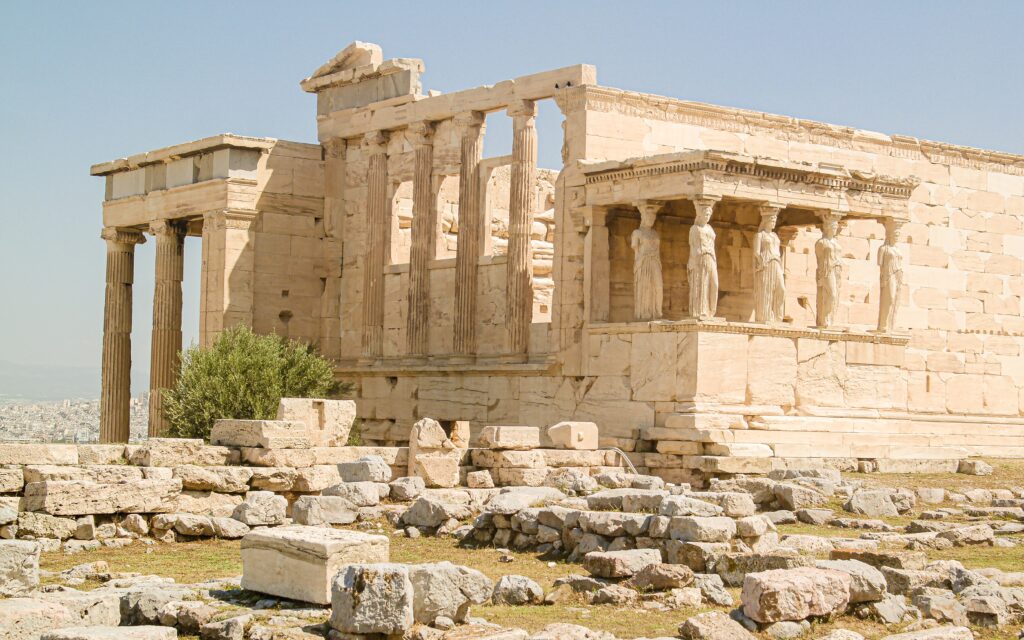
Athens is also home to many other attractions, such as the Panathenaic Stadium, the Ancient Agora, and the Acropolis Museum. The Panathenaic Stadium is the site of the first modern Olympic Games in 1896, and it is now a popular tourist destination. The Ancient Agora is an archaeological site that was once the center of public life in ancient Athens, and the Acropolis Museum showcases artifacts from the Acropolis.
Visitors to Athens can explore these fascinating historical sites and learn about the city’s rich history. As you explore these sites, you can gain insight into the city’s vibrant past and appreciate its unique culture Athens Historical Sites.
Exploring the Acropolis in Athens
Athens is one of the oldest cities in the world, and the Acropolis is one of the most famous historical sites in the Greek capital. Located on a rocky outcrop in the heart of the city, the Acropolis is a must-see for any visitor to Athens.
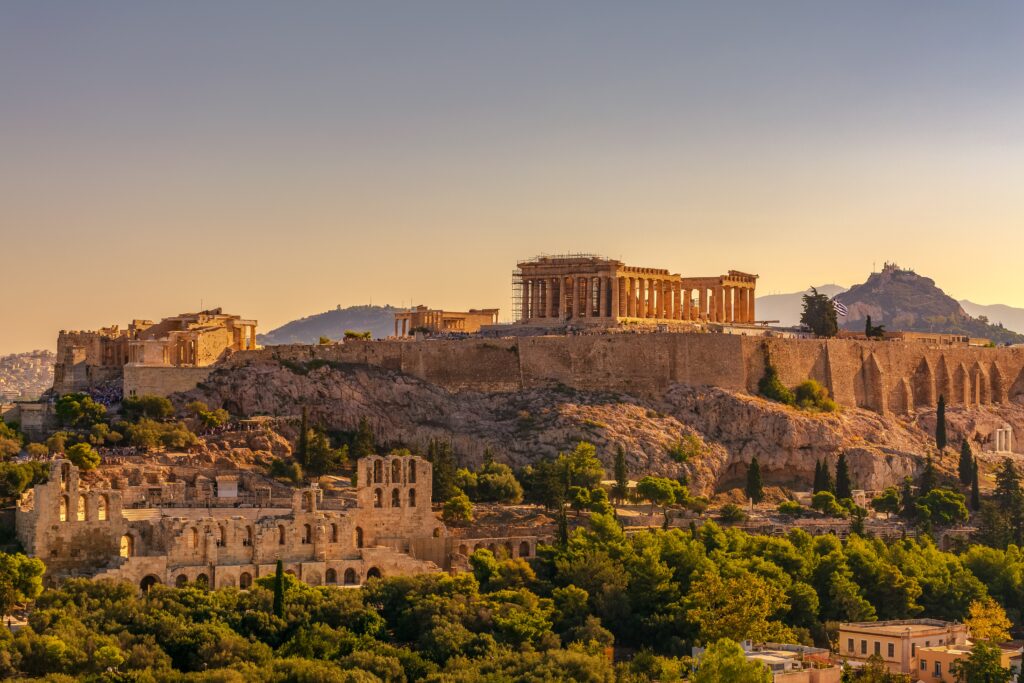
History of the Acropolis
The Acropolis of Athens has a long and fascinating history, with evidence of human activity on the site stretching back as far as the 4th century BC. Its most famous structures, the Parthenon and Erechtheion, were built during the 5th century BC, during the time of the ancient Athenian Empire. The Acropolis was also the site of some of the most important events in Ancient Greek history, such as the Battle of Marathon.
Visiting the Acropolis
No trip to Athens would be complete without a visit to the Acropolis. The site is open to the public every day from 8am-8pm in the summer, and 8am-3pm in the winter. The admission fee is €20 for adults and €10 for children, and there are audio tours available in a range of languages.
What to See at the Acropolis
The Acropolis is filled with ancient monuments, sculptures and buildings, all of which are worth exploring. The most famous structure is the Parthenon, a temple dedicated to the goddess Athena. Other important buildings include the Propylaea, a monumental gateway, and the Erechtheion, a temple dedicated to the gods Poseidon and Athena.
The Acropolis Museum
The Acropolis Museum is located near the site of the Acropolis, and is a great place to learn more about the history of the site. It houses a range of artifacts from the Acropolis, including sculptures, inscriptions and pottery. The museum also has a number of interactive displays, allowing visitors to explore the site in more depth.
The Parthenon and Its Significance
Athens is known for its many historical sites, and the Parthenon is certainly one of the most iconic. Situated atop the Acropolis, it’s a symbol of Ancient Greek culture and artistry, and a reminder of the city’s ancient past. The Parthenon was originally constructed between 447-438 BC, and is considered to be one of the most renowned examples of Classical Greek architecture.
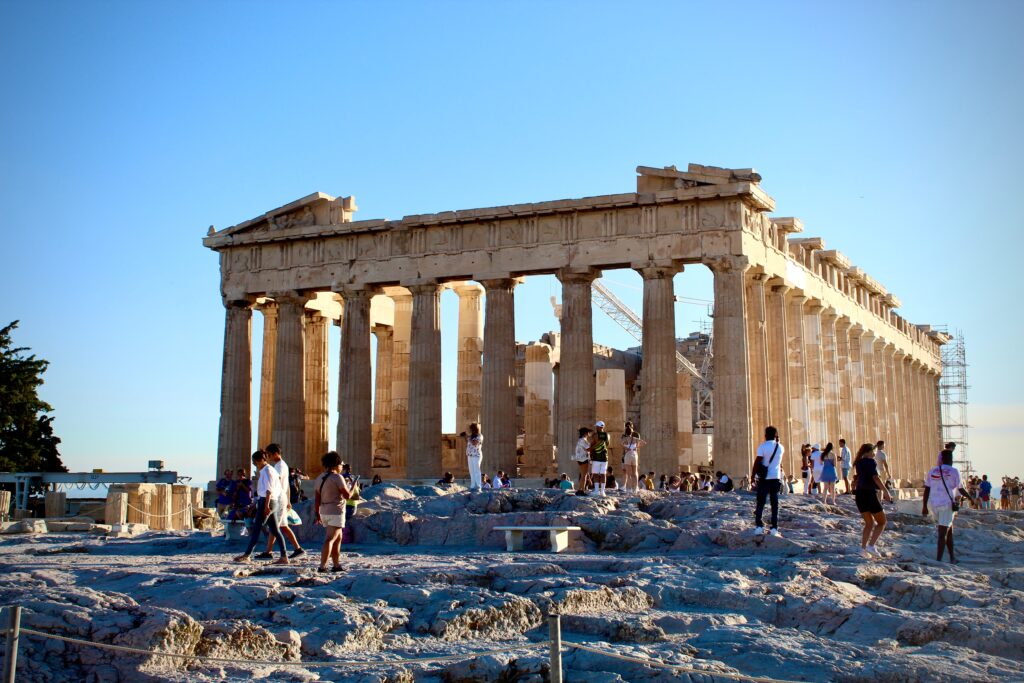
The Parthenon was dedicated to the goddess Athena, and it is believed that it was either a temple or a treasury. It was designed by the famous sculptor Phidias, and the building is comprised of marble columns and sculptures depicting scenes from Greek mythology. The main feature of the Parthenon is its elaborate frieze, which depicts the Panathenaic procession, a sacred procession which was held in honour of Athena.
The Parthenon is a symbol of Ancient Greek civilization, and it is considered to be one of the most important monuments in the world. It is a reminder of the city’s past, and a testament to the greatness of Ancient Greek art and culture. The Parthenon is an important part of the history of Athens, and it is a symbol of the city’s unique cultural heritage.
Today, the Parthenon is a popular tourist attraction. Visitors to Athens can visit the Parthenon for free and admire its beauty and significance. The Parthenon is also a major source of revenue for the city, as it is one of the most popular tourist destinations in Athens.
The Parthenon is an important symbol of Ancient Greek civilization, and it is a reminder of the city’s past. It is a testament to the greatness of Ancient Greek art and culture, and a reminder of the city’s unique cultural heritage. Visiting the Parthenon is a great way to learn more about Ancient Greek culture and history, and to appreciate the beauty and significance of this iconic monument.
Other Ancient Monuments in Athens
Athens is home to some of the most iconic ancient monuments in the world, so if you’re looking to explore its rich history, there are plenty of destinations to choose from. From the Parthenon and the Acropolis to the Temple of Zeus and ancient theaters, Athens has a plethora of historical sites that provide a window into its past. Let’s take a look at some of the other ancient monuments in Athens that you should add to your itinerary.
The Temple of Hephaestus
The Temple of Hephaestus, also known as the Theseion, is one of the best-preserved ancient Greek temples. Located on the northwest side of the Acropolis, it was built in 449 BC to honor the god Hephaestus, the god of fire and metalworking. It is one of the most impressive ancient monuments in Athens and is a must-see for anyone interested in ancient Greek architecture.
The Stoa of Attalos
The Stoa of Attalos is an ancient stoa, or covered walkway, located on the south side of the Agora of Athens. Built in the mid-2nd century BC, it was used as a marketplace and was decorated with statues and paintings. Today, it is one of the most visited ancient monuments in Athens and is home to a museum dedicated to the history of the Agora.
The Ancient Stadium
The Ancient Stadium of Athens is a well-preserved archaeological site that was built in 329 BC for the Panathenaic Games. It could seat up to 50,000 spectators and was used for a variety of events, including athletics, chariot racing, and musical performances. The stadium has been restored and is now one of the most popular ancient monuments in Athens, attracting thousands of visitors each year.
The Tower of the Winds
The Tower of the Winds is an octagonal marble tower located in the Roman Agora of Athens. Built in the 1st century BC, it is thought to have been used as a weather vane and timepiece, with each side of the tower representing a wind direction. It is now one of the most iconic ancient monuments in Athens and is a great place to take in the city’s history.
Athens is home to a wealth of ancient monuments that provide a glimpse into its past. From the ancient temples and stoas to the stadium and Tower of the Winds, there’s something for everyone to explore. So if you’re looking to get a sense of ancient Greek culture, make sure to add these ancient monuments to your itinerary.
Wrapping Up the Historical Sites of Athens
Exploring the Historical Sites of Athens has been a captivating journey. From the ancient Acropolis to the world-renowned Parthenon, Athens is a city of legendary beauty and cultural significance. Its history is woven into the fabric of world civilization and has been the source of great inspiration to countless generations.
The Acropolis is a must-see for anyone interested in learning more about ancient Greek culture. This awe-inspiring structure has stood for centuries and still stands as a symbol of the city’s rich history. The Parthenon, a majestic temple dedicated to the goddess Athena, is the most iconic structure in the complex and is an absolute must-see.
The Temple of Olympian Zeus is another important site in Athens. This temple was built to honor the god Zeus and is one of the largest monuments in the city. The Odeon of Herodes Atticus is a renowned theater that was built in 161 AD and is still used today for cultural events.
The Ancient Agora is the site of the earliest marketplaces in Athens. This is the place where ancient Athenians met to discuss philosophy and politics, and it’s still a great place to explore today. The Tower of the Winds is a remarkable ancient structure and one of the earliest examples of a clock tower.
Finally, the Archaeological Museum of Athens is an absolute must-see for anyone interested in learning more about the city’s history. This museum houses some of the most important artifacts from the city’s past, including the Mask of Agamemnon and the Roman Agora.
Athens is a city steeped in history and culture, and its historical sites are worth exploring. From the Acropolis to the Archaeological Museum, Athens is full of fascinating sights and stories that will stay with you long after you’ve left the city. So if you’re looking for a truly unique experience, don’t miss out on the historical sites of Athens.
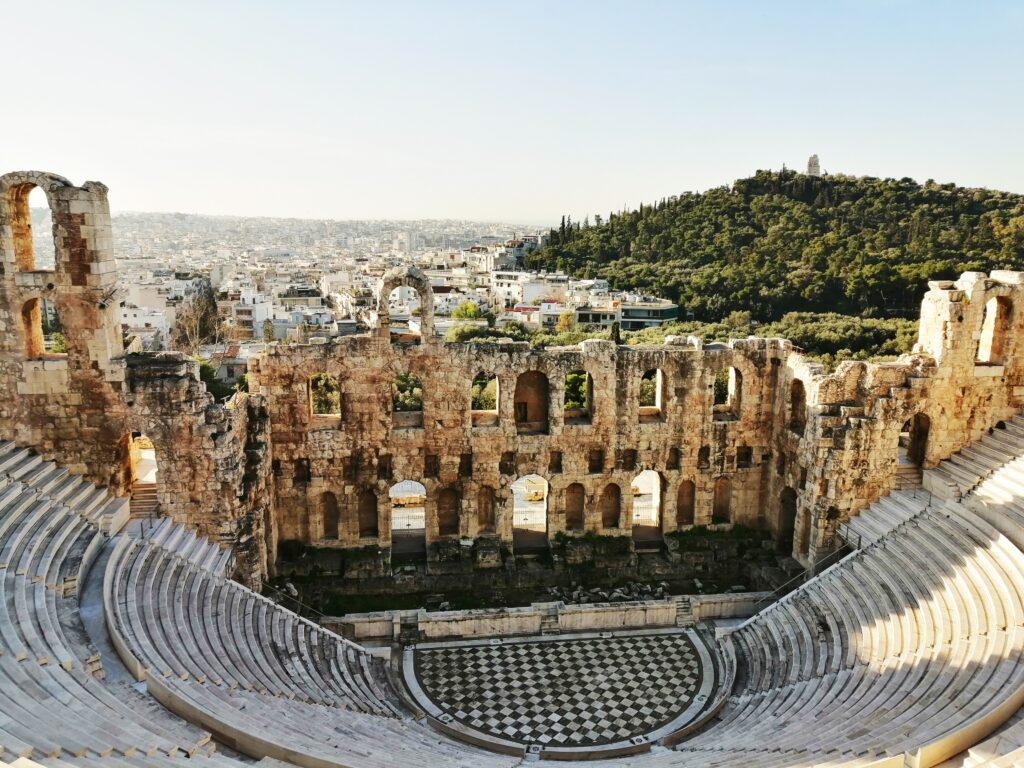
Conclusion
In conclusion, Athens is a city with an incredibly rich history. It has an amazing array of historical sites that are sure to capture the imagination of anyone who visits them. From the Parthenon to the Acropolis, the Ancient Agora, and the Odeon of Herodes Atticus, Athens has something for everyone. Exploring the Historical Sites of Athens is a great way to learn more about the city’s past and appreciate the incredible contributions that the Greeks have made to the world. So the next time you’re in Athens, be sure to explore all the amazing historical sites that this amazing city has to offer!
1. What are the must-visit historical sites in Athens?
Athens, the capital of Greece, is home to numerous iconic historical sites. Some of the must-visit sites include the Acropolis, Parthenon, Ancient Agora, Temple of Olympian Zeus, and the Panathenaic Stadium. These sites offer a glimpse into the rich history and culture of ancient Greece, making them essential stops for any history enthusiast or traveler exploring Athens.
2. How can I best explore the historical sites of Athens in a day?
To make the most of a day exploring Athens’ historical sites, consider starting early and prioritizing key sites like the Acropolis and Parthenon. Utilize guided tours for in-depth insights, opt for skip-the-line tickets to save time, and use public transportation or walk to navigate between sites efficiently. Planning ahead and focusing on the must-see landmarks can help you maximize your time and experience the essence of Athens’ historical treasures in a single day.
3. What is the significance of the Acropolis in Athenian history?
The Acropolis, a symbol of ancient Greece’s cultural and architectural achievements, holds immense historical significance in Athenian history. It served as a citadel, a religious center dedicated to Athena, and a beacon of democracy and intellectual pursuits. The Parthenon, a temple dedicated to Athena, stands as a testament to the city’s glory and remains a revered symbol of classical Greek architecture and civilization.
4. Are there any hidden historical gems to explore in Athens?
Athens is not only home to well-known historical sites but also harbors hidden gems waiting to be discovered. Off-the-beaten-path locations like the Kerameikos Cemetery, Tower of the Winds, and the Ancient Cemetery of Kerameikos offer unique insights into ancient Athenian life and culture. Exploring these lesser-known sites can provide a deeper understanding of the city’s history beyond its popular landmarks.
5. How has modern Athens preserved its historical heritage?
Modern Athens has made significant efforts to preserve its historical heritage through restoration projects, conservation initiatives, and heritage protection laws. Organizations like the Acropolis Restoration Service work tirelessly to maintain and restore ancient monuments, ensuring their longevity for future generations. Museums like the Acropolis Museum also play a crucial role in safeguarding and showcasing Athens’ historical legacy, allowing visitors to appreciate and learn from its rich past.